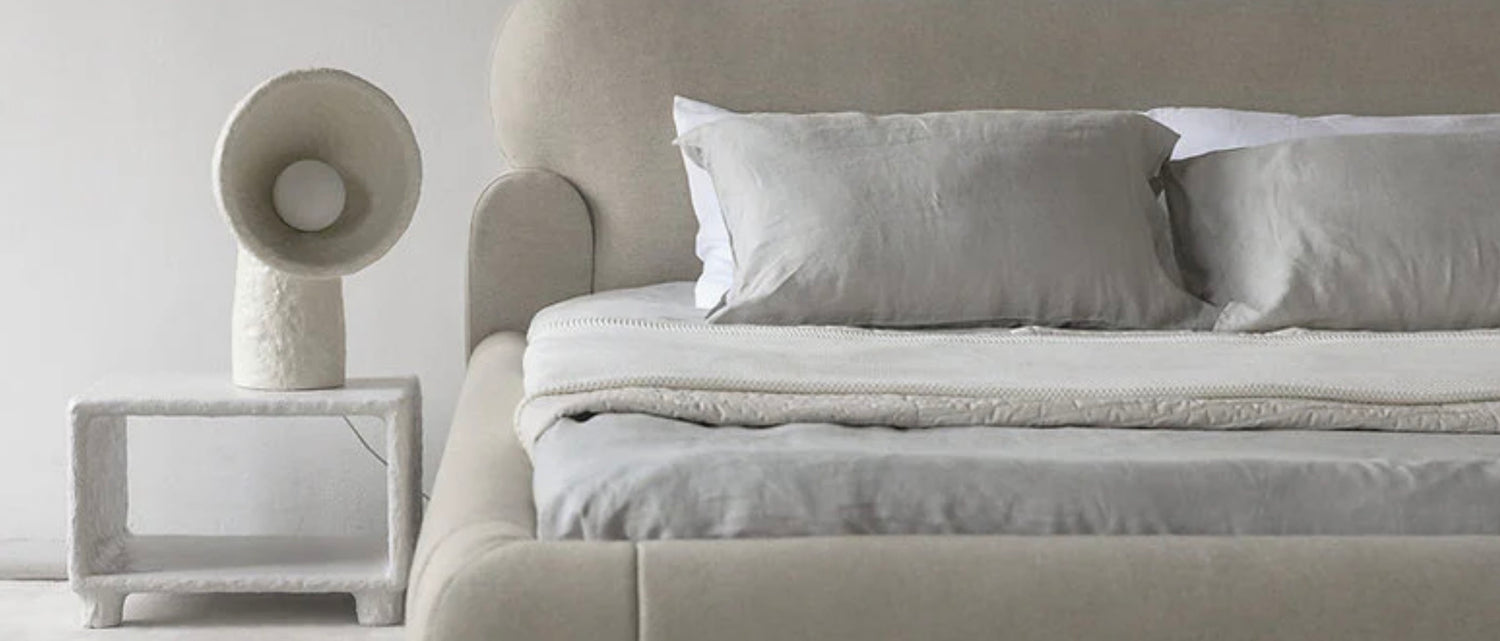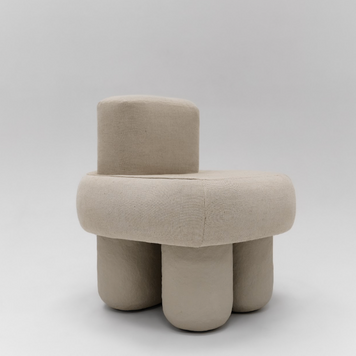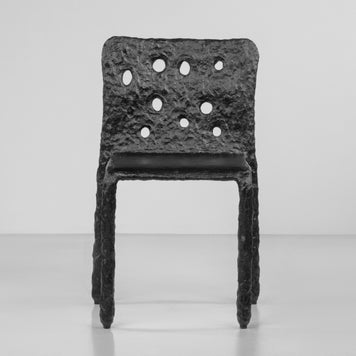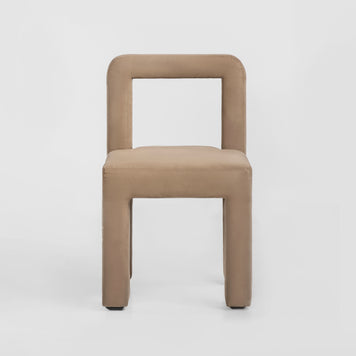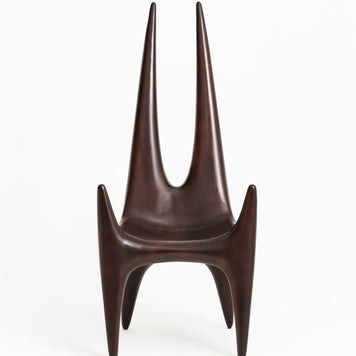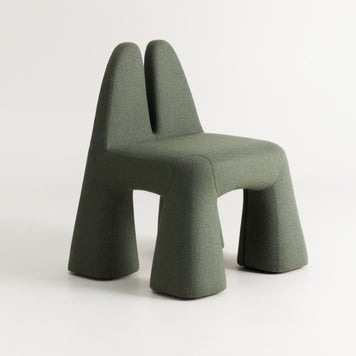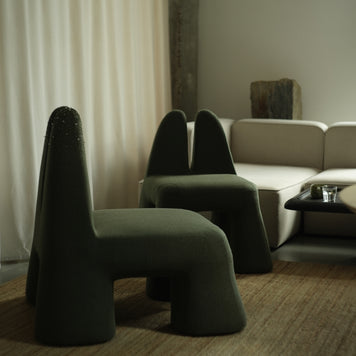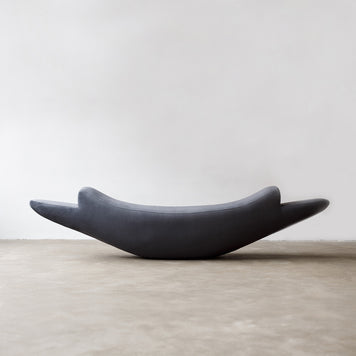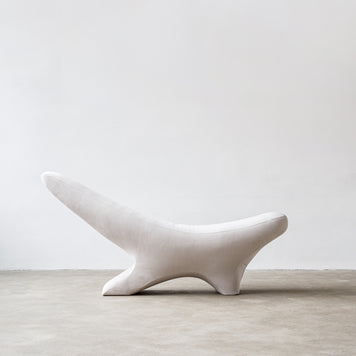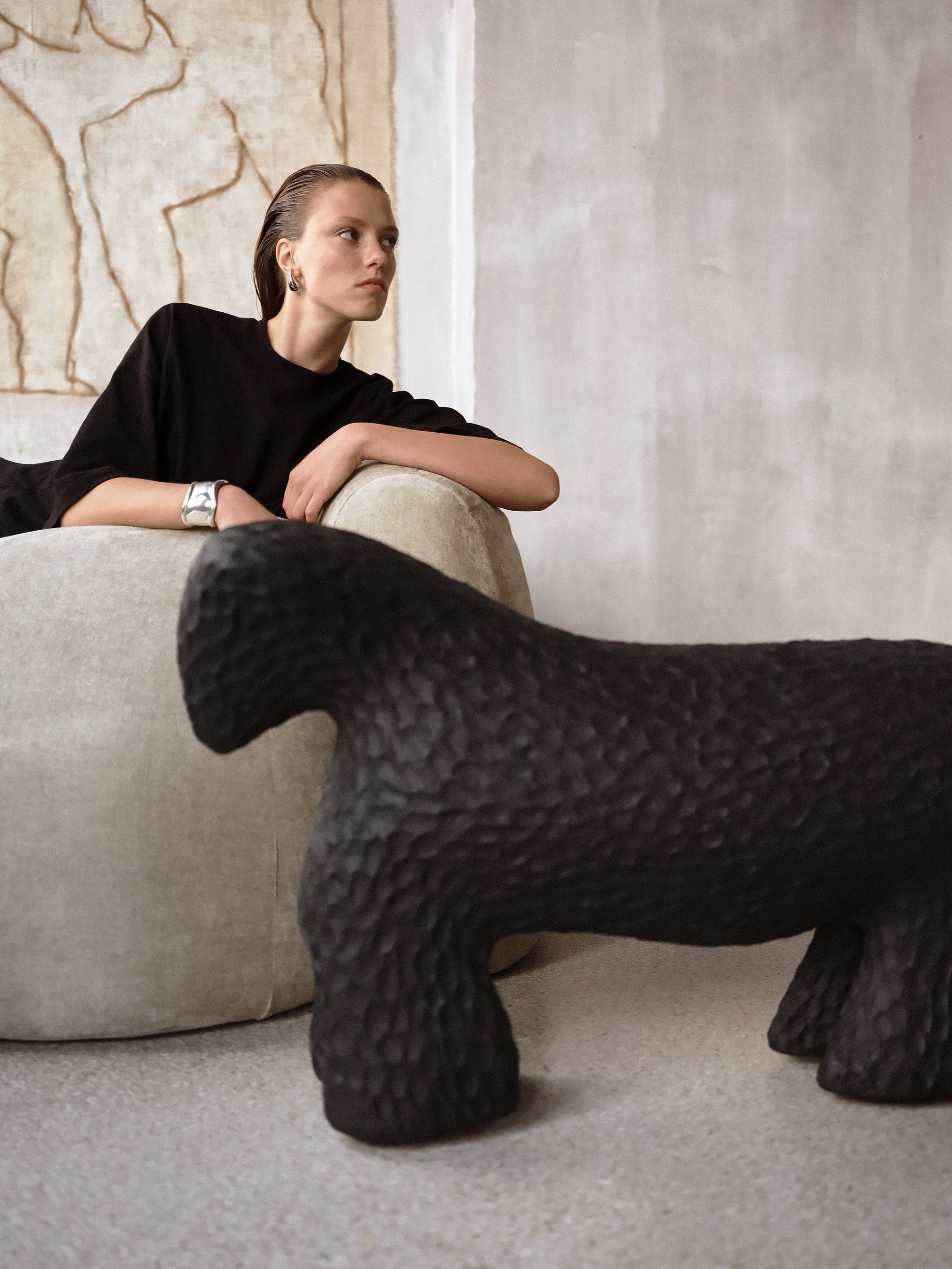
Defining Luxury Furniture
Luxury is not just about appearance; it incorporates the best materials, craftsmanship, and unsurpassed artistry of designs. Every piece embodies enormous attention to detail, often handcrafted by artisans who give their work a personal touch. Whether custom-made or part of an exclusive collection, luxury furniture combines art with functionality, perfectly enhancing exquisite interiors.
New York as a Global Design Hub
With events such as the International Contemporary Furniture Fair held each year, designers, collectors, and art connoisseurs from around the world converge in New York, cementing its stature as a global design center. This yearly show presents the latest trends in luxury furniture, bridging contemporary art and high-end design. The multiple cultural influences and rich art scene of the city provide fertile ground for innovations that blend old craftsmanship with modern aesthetics.
Key Aspects of Luxury Furniture
- Exclusive Materials: The distinction of luxury furniture lies in the usage of rare and exquisite materials such as exotic woods, fine leather, and gold. These materials are chosen for their rich appearance while safeguarding the designer's work for years to come.
- Master Craftsmanship: The hallmark of luxury furniture is its master craftsmanship. Renowned artisans meld traditional techniques with modern methods to create works of impeccable beauty and function.
- Custom Design: Bespoke luxury furniture has become the newest trend, permitting clients to work with designers to create unique furniture reflecting individual preferences and sophistication.
Sustainable Luxury: Under the influence of sustainability, many luxury furniture brands in New York are combining eco-friendly materials with sustainable production. This journey not only helps save the planet but also wins the hearts of eco-conscious customers.
Luxury Furniture Products in New York




